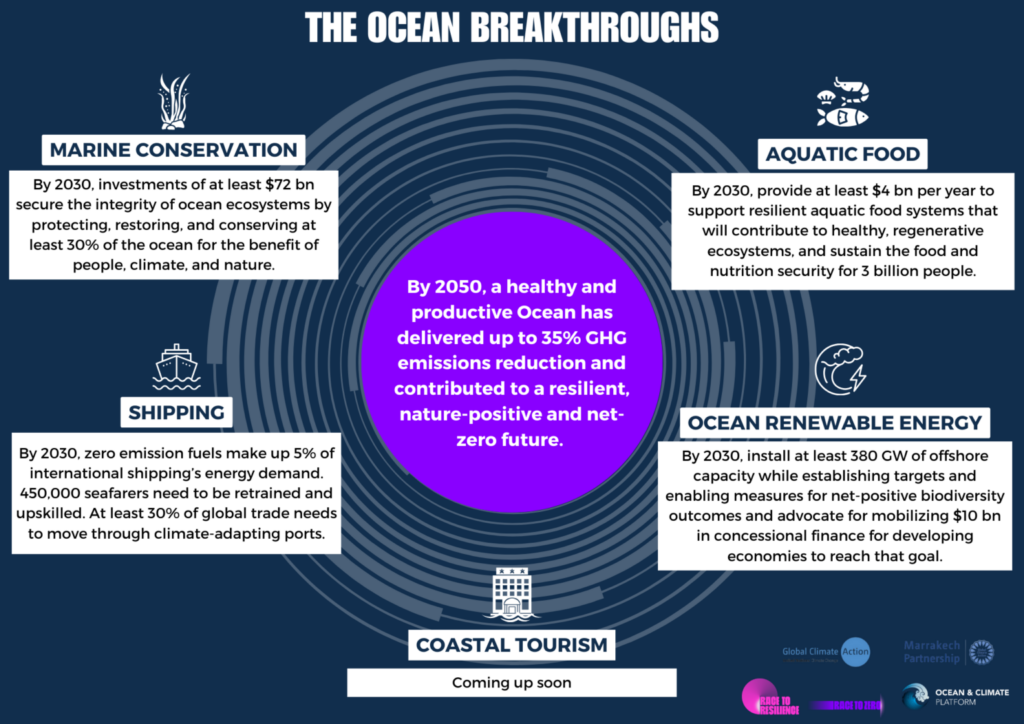
Graphic courtesy of Climate Champions.
The world is gathered in Dubai for the 28th Conference of the Parties under the United Nations Framework for Climate Change Convention, otherwise known as COP28. Over a two-week span, government delegations come together to negotiate what actions the world needs to take to achieve a future under 1.5 degrees. This will set the tone for government action and help guide policies to achieve the ambitions of the Paris Agreement. Read More

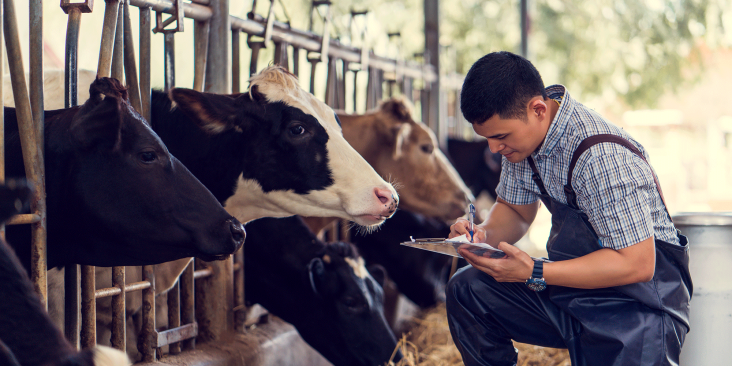



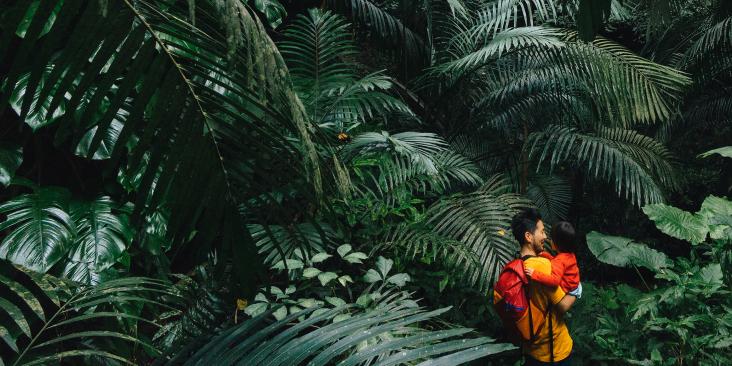



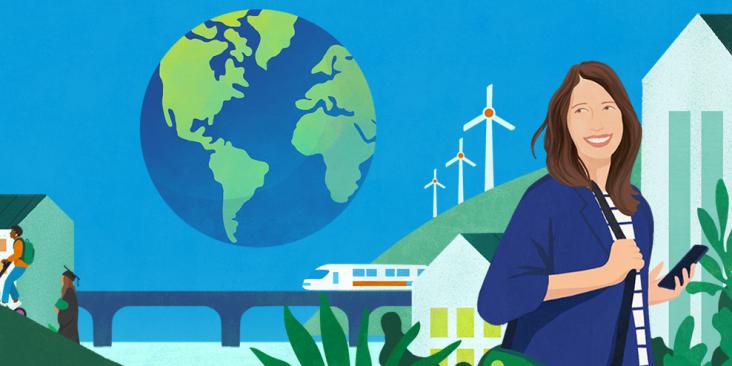
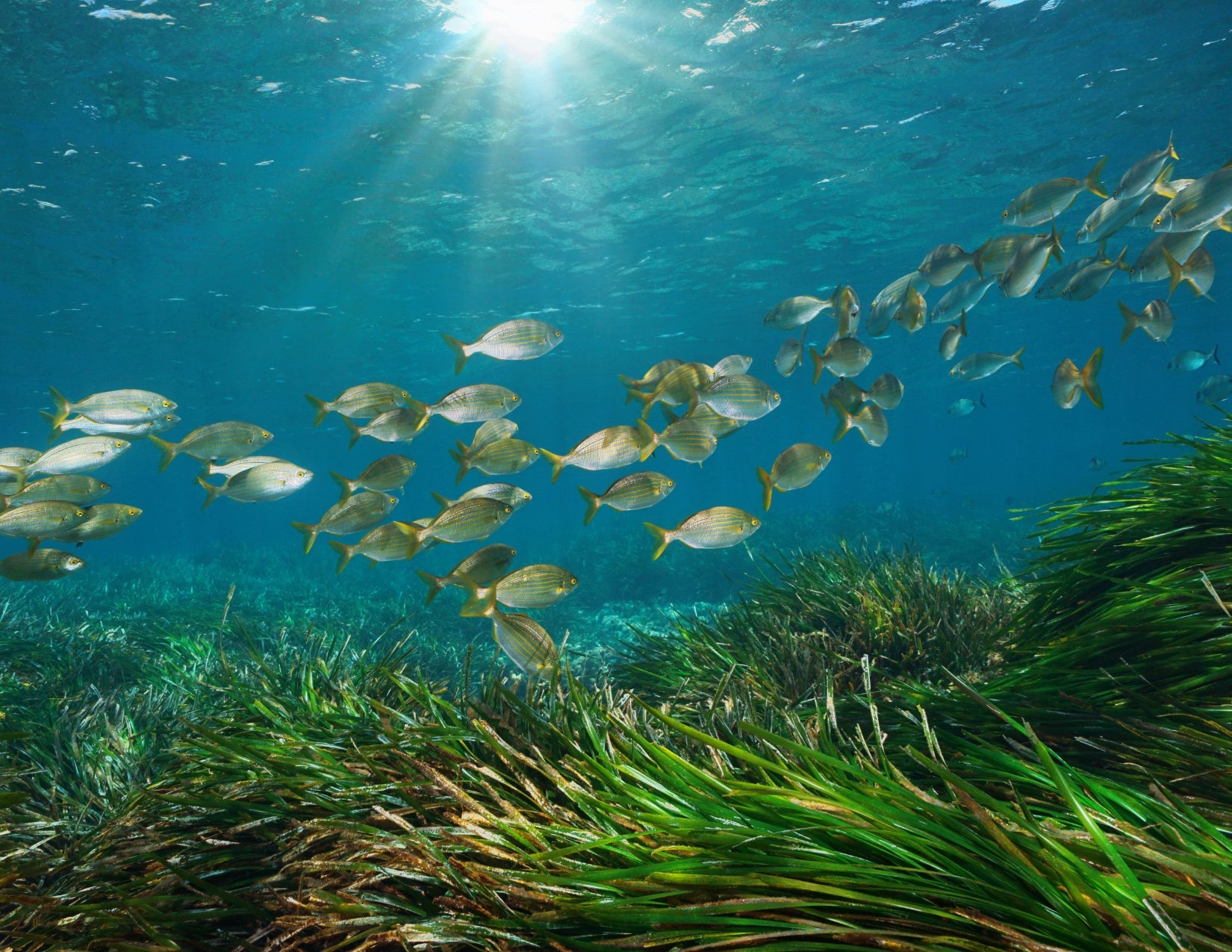
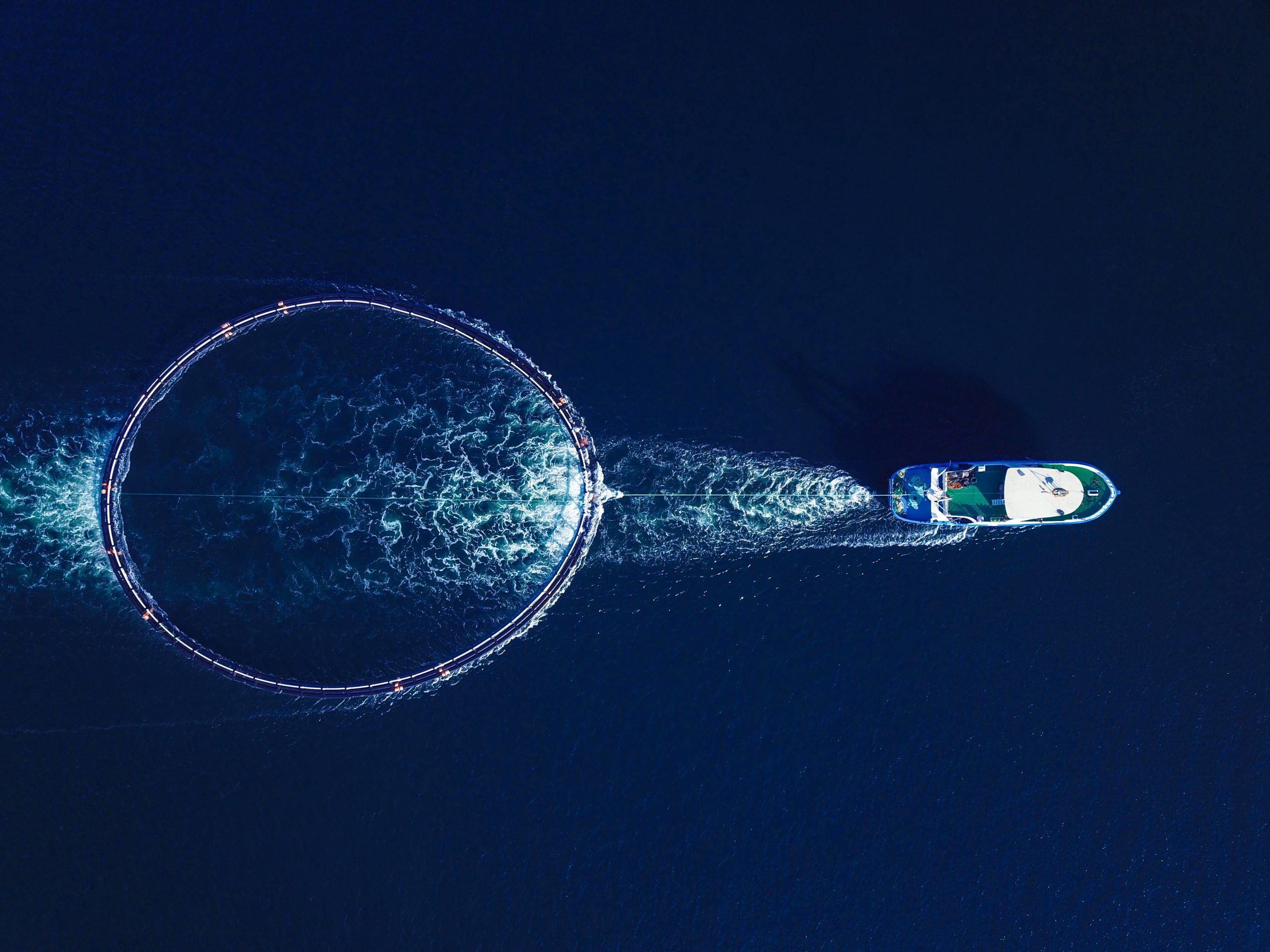
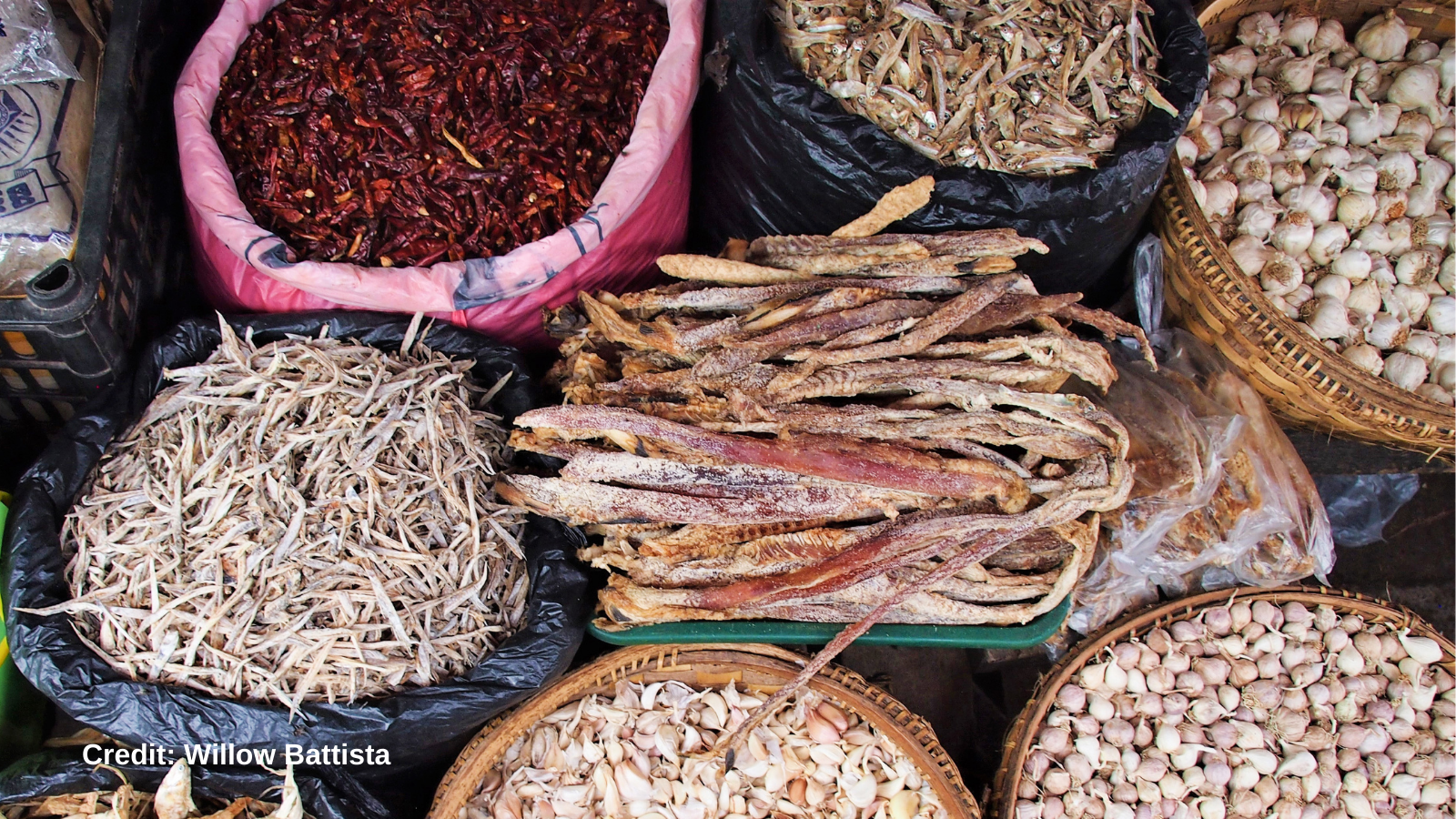
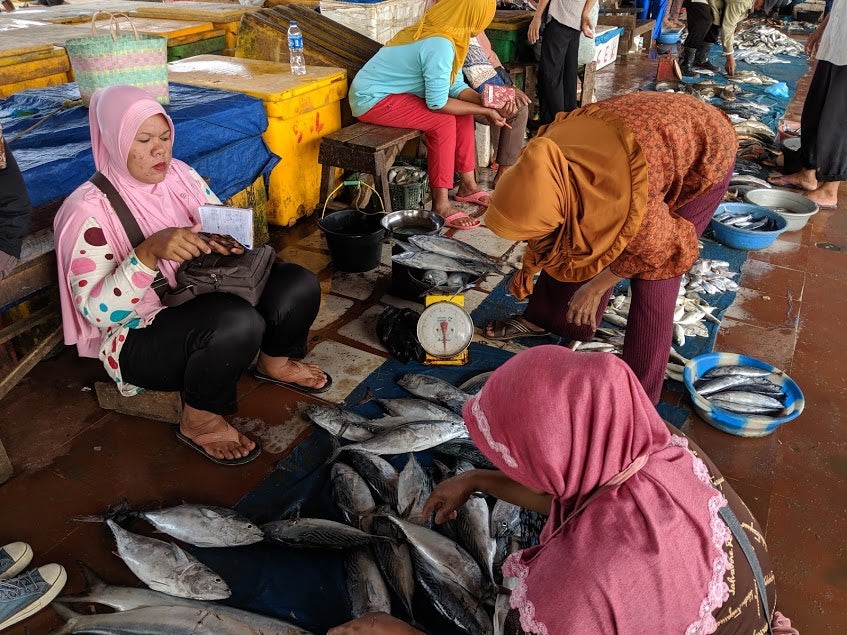
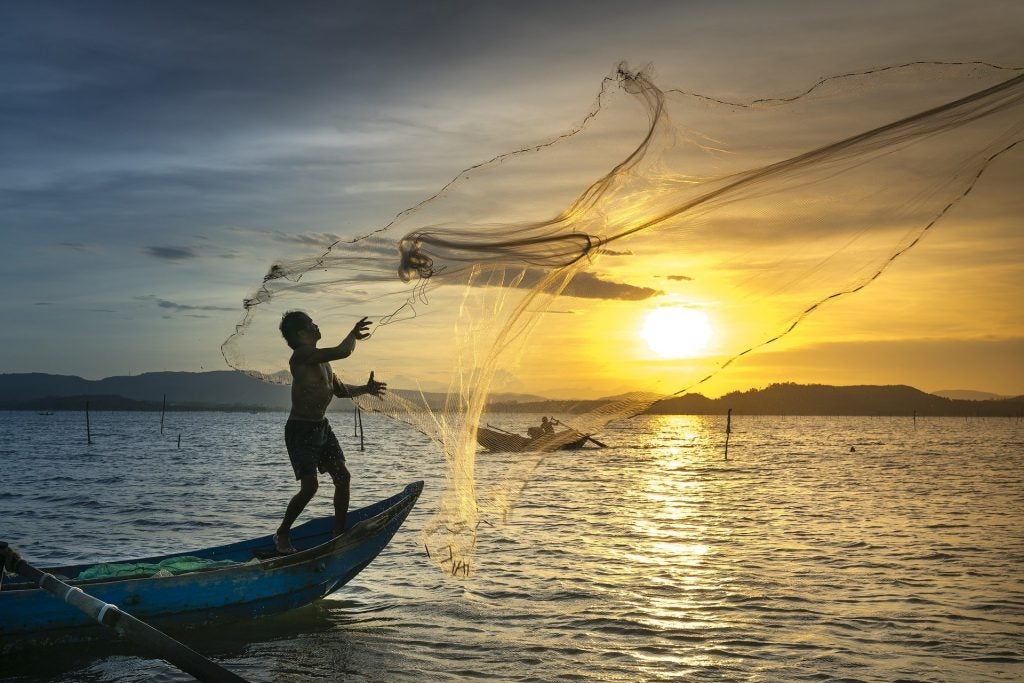 By Jim Leape, Kristian Teleki, Shakuntala Haraksingh Thilsted and Thomas V. Grasso, Co-chairs, Blue Food Cluster for the U.N. Food Systems Summit 2021
By Jim Leape, Kristian Teleki, Shakuntala Haraksingh Thilsted and Thomas V. Grasso, Co-chairs, Blue Food Cluster for the U.N. Food Systems Summit 2021